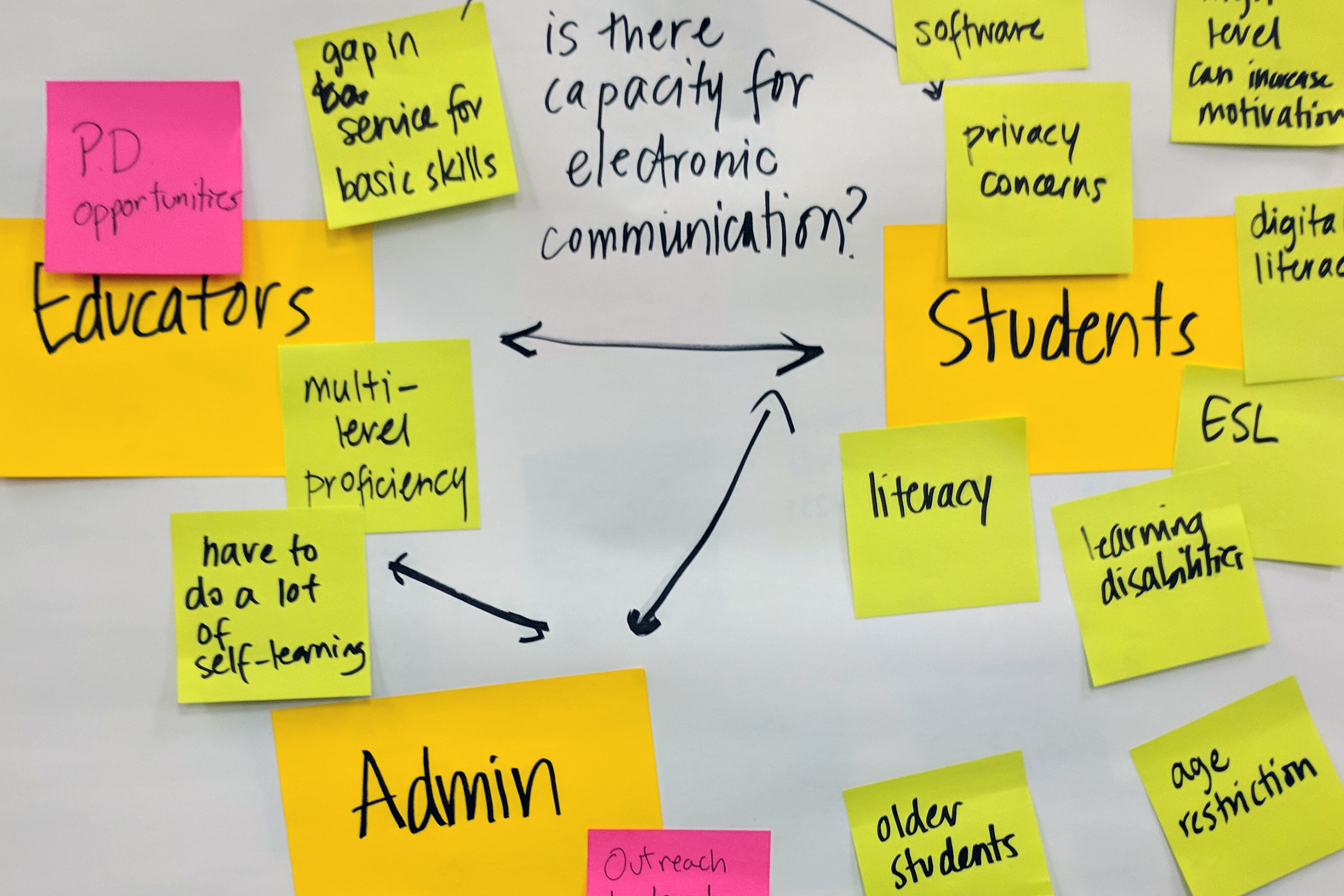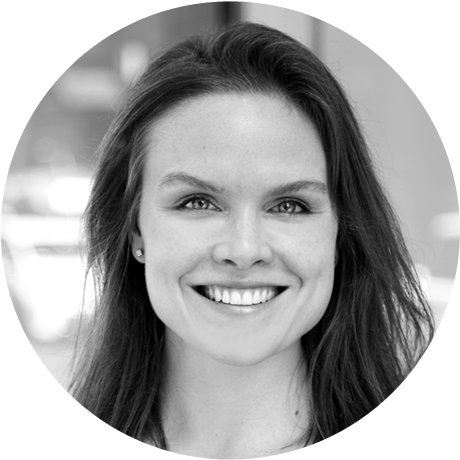Though our most visible open innovation work takes the form of multi-stage challenges, prize competitions are just one way Luminary Labs facilitates open innovation in the public and private sectors. We often conduct workshops with subject matter experts, end users, and other stakeholders to foster open dialog and generate ideas.
We recently ran two workshops — one in the public sector and another in the nonprofit sector — which benefited from a design-led approach. A number of factors increased participant engagement and generated meaningful outcomes:
Setting the stage
Pre-event engagement
Prior to the workshop, we sent out short surveys to participants. These served a dual purpose: the responses helped us identify themes and guide conversations at the events, and also provided an initial touchpoint for participants. The result was a greater sense of ownership and buy-in.
Branding
Consistent, branded materials lent gravitas to the activities of the day and made participants feel like they were part of a team. Even small touches like adding custom stickers to generic office supplies signaled a level of thoughtfulness that brought each group together around a shared identity.
Transforming the space
We don’t always have the luxury of holding workshop events in exciting spaces. Colorful Post-it notes and other materials can bring any room to life. By the end of the day, our workshop rooms were covered in colorful paper and new ideas, visually transforming the space and energizing participants to take the next step toward bringing their ideas to life.
Framing the discussion
Starting with the problem, not the solution
Especially when a project is focused on technology, it can be easy to jump to the solution space and get bogged down in questions of feasibility. We avoided this by structuring most of the workshop activities around unearthing problems and focusing on the people affected. We took a human-centered approach, focusing on unexpected pain points, the network effect of certain problems, and how they influence short- and long-term behavior. If the problem affects an organization (rather than customers or end users), we would look to identify the decision-makers and how they make decisions.
Encouraging divergent thinking
Discussion questions were phrased to encourage participants to be generative, rather than searching for one right answer. By giving people prompts that explicitly call on far-out solutions — such as “In your wildest dreams…” or “If you could make sure everyone knew one thing about…” — we encouraged participants to bring unexpected ideas to the table. Idea generation is crucial to long-term success, and for a full-day event, we may structure the schedule so the entire morning is focused on brainstorming. Then, when participants are asked to generate solutions or actionable plans, their creative muscles are warmed up and they’re thinking more freely.
Boosting engagement
Active, visual documentation
Capturing ideas on Post-it notes and easels — rather than only on a laptop — allowed participants to feel heard and assured them that their ideas were accurately documented. Making the notes available for everyone to see also prompted new thoughts and helped participants build on each other’s ideas. When we asked questions like “what is missing?” and “what haven’t we mentioned?,” participants could see what others had already suggested and were better able to fill in the gaps.
Rotation
Workshop groups come in different sizes — from a few people to a few dozen to over a hundred. Regardless of the group size, we’ve found rotating stations are useful for breaking discussions into manageable chunks and allowing participants to contribute across a range of topics. In this case, the structure of the activity was the same at each station, but the topic was different. After the first station, each group knew the structure of the activity and was able to dive in more quickly, and the second group could build on the ideas of the first (which were documented and displayed in front of them). This approach also enhanced engagement — time goes by quickly when people are out of their seats, and participants were able to make connections with people not seated next to them.
Physical movement
Physical movement turns passive observers into active participants. Activities were structured to allow participants to move around the room. At times, we used physical space as a dimension in the discussion, asking participants to, express their opinions by moving to a specific part of the room. For larger workshops, we also like to mix up table seating in the second half of the day.
Design’s leadership role doesn’t end at the conclusion of the event. It’s important to synthesize notes following the discussion and turn them into actionable next steps, ensuring that the momentum of the workshop doesn’t dissipate in the weeks to come.
The Lab Report helps executives make sense of emerging trends and new opportunities. Sign up for the newsletter, and we’ll send insights straight to your inbox.



